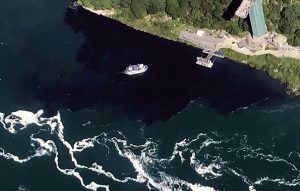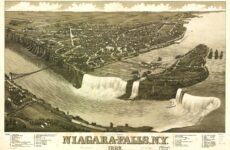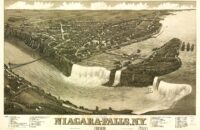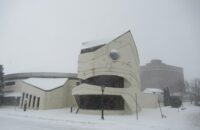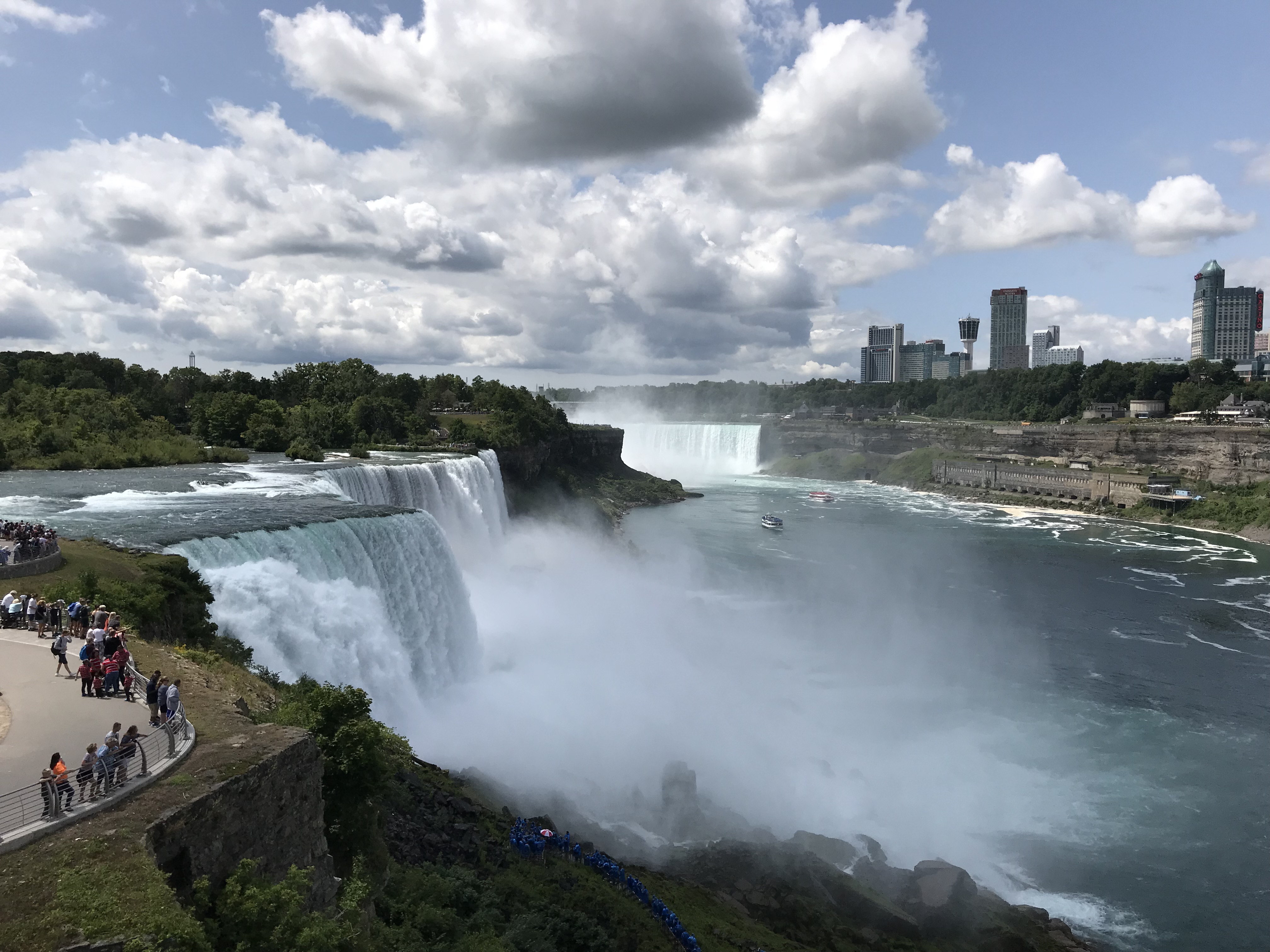As Niagara County’s Republican-dominated Legislature met Thursday night to pass a series of resolutions seeking multiple criminal probes of the Niagara Falls Water Board in the wake of the sludge-dumping scandal—and with one local law enforcement official confirming that such probes are already underway—one unidentified lawmaker couldn’t resist the urge to compare the imbroglio to the granddaddy of all scandals.
“Wastewatergate.”
While none of the lawmakers were yet ready to call the actions of the Water Board a scandal on the record, county Republicans laid out a prosecutor’s case against the body, pointing to an ever-changing narrative being pushed by the Water Board’s leadership.
Majority Leader Randy Bradt, the North Tonawanda Republican demanding answers from the Falls Water Board, detailed what he called a “troubling timeline” that begins with the Saturday, July 29 release of dark, foul-smelling wastewater into the Niagara River—and the Water Board’s bizarre actions in its aftermath.
“No one had any advance warning of the illegal discharge: not the DEC, the EPA, the Mayor, the City Council, Canadian officials or the general public,” Bradt said. “At the height of our tourist season the Niagara Falls Water Board discharged a black murky substance to the Niagara River, alarming tourists, fisherman, businesses, public officials and our good neighbors to the north.”
Bradt said that, while the troubles began that Saturday, the Water Board’s actions the next day were even more puzzling.
“The Niagara Falls Water Board released a statement the following day, Sunday, July 30, that stated ‘The discharge was the result of routine maintenance of one of the Water Board’s wastewater sedimentation basins located at the Waste Water Treatment Plan on Buffalo Avenue and the blackish water contained some accumulated solids and carbon residue within permitted limits.’”
But, Bradt said, the following day, the State Department of Environmental Conservation disputed that. WBFO radio reported that “[DEC] spokesperson Sean Mahar said the discharge is ‘clearly’ a violation of water quality standards, because it adversely effects the color, order and natural conditions of the water.”
With near-silence emanating from the Water Board for five days, County lawmakers finally held a press conference demanding answers late last week. Within hours, the Water Board answered with a press conference of their own where Board President Dan O’Callaghan just managed to deepen the mystery.
“It is clear to us that as a result of a possible human error or possible mechanical malfunction, a large quantity of water from the sediment tank was released into the Niagara River,” O’Callaghan said at an Aug. 4 press conference—a reversal from previous assertions that the release was “routine” and “within permitted limits.”
The following day, the Water Board story changed yet again.
“Six days after the incident, on Friday, Aug. 4, after a former Water Board official claimed that the discharge could only be caused by an employee, the NFWB released yet another press release—this time attributing the illegal discharged to human error due to a distracted employee who was a trainee allowed a pump to run longer than intended, causing the water in the lower Niagara River to turn black,” Bradt said, summing up the most recent change in the Water Board narrative.
County lawmakers at Thursday night’s meeting asked the U.S. Environmental Protection Agency, New York State Attorney General Eric Schneiderman, and Niagara County District Attorney Caroline Wojtaszek to undertake criminal probes of the Water Board, gaining unanimous backing for a series of three resolutions even as minority Democrats failed to show.
A fourth planned resolution, calling on the entire Water Board and upper management to resign, was pulled by Bradt at the last minute.
Bradt wouldn’t detail the reasons that resolution was withdrawn; however, a knowledgeable source close to county government said that at least one member of the Water Board’s majority bloc may already be cooperating with authorities conducting a criminal probe into the discharge, and turning over evidence of wrongdoing that may implicate that individual’s colleagues.
Meanwhile, at a minimum, the EPA, DEC, and Niagara Falls Police are currently investigating, with rumors of other agencies also looking into the matter.
Falls Police Chief E. Bryan DalPorto said his agency is “just getting started” and had “plenty of interviews to conduct before we can reach any conclusions.”
DalPorto did note that, no matter the circumstances of the discharge of wastewater, various environmental statutes left the possibility of leveling criminal charges. The issue at hand for investigators is determining whether the release was intentional or mere negligence.
Meanwhile, a memo circulating among Bradt’s Republican majority in the Legislature laid out the questions that he believes must be answered by any investigations:
- How did it happen;
- Why did it happen;
- Could it have been prevented;
- Should there have been advance warning?
- Was there any damage to the environment?
- What assurances do we have that something like this will not happen again?
Whether those questions will be answered, and whether criminal charges will be filed, remains to be seen. That the Wastewatergate scandal is not going away any time soon, however, is a foregone conclusion.


